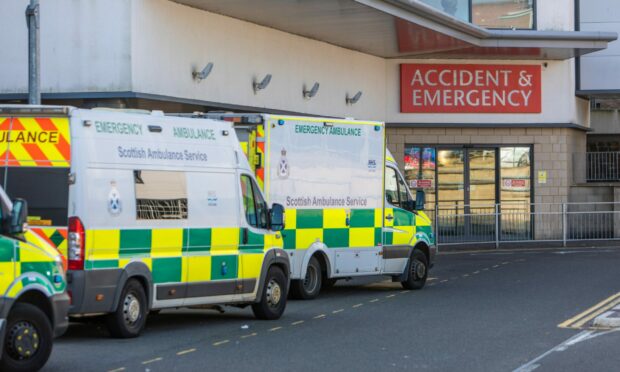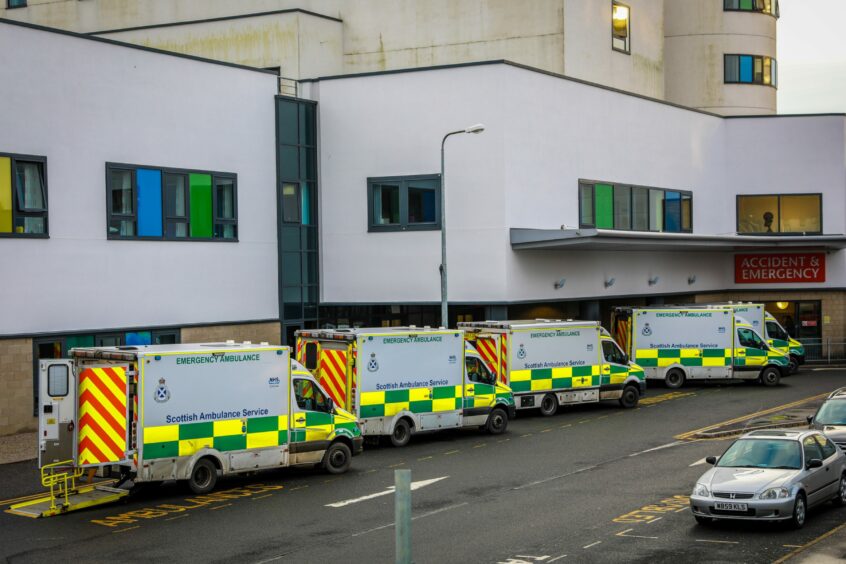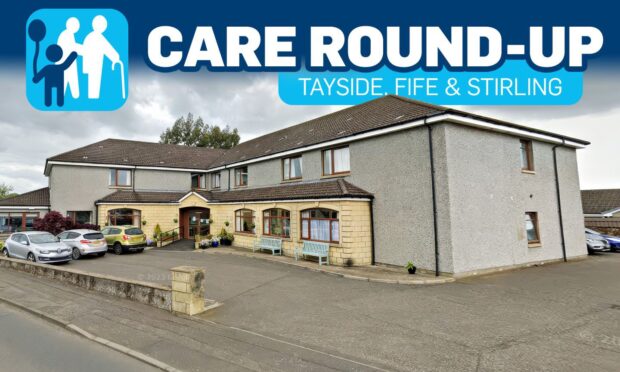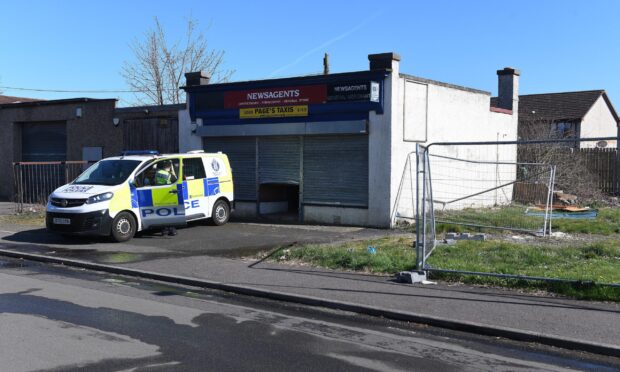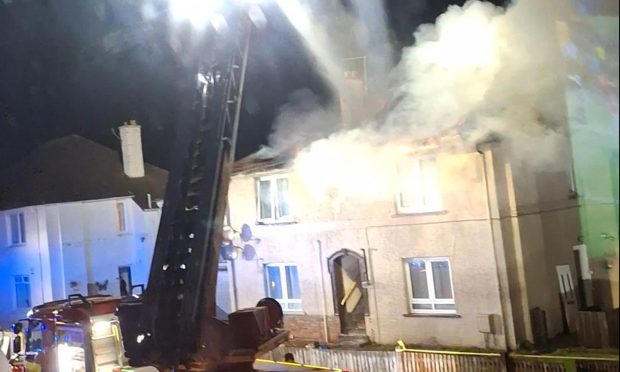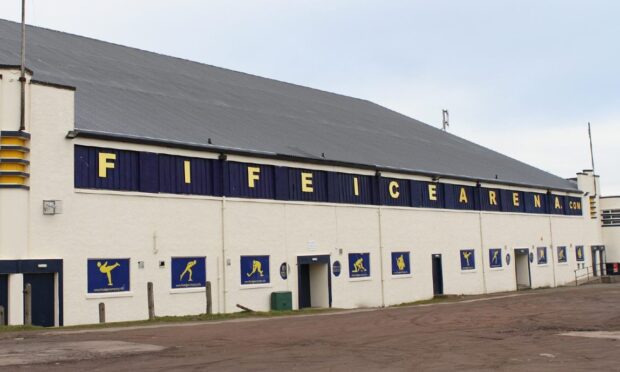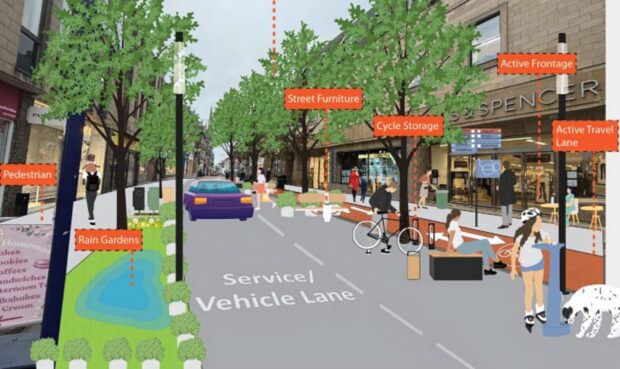Fife ambulance crews are said to be “broken” as patients face hours-long waits to be seen at the region’s A&E department.
Some ambulances were forced into lengthy queues outside Victoria Hospital in Kirkcaldy at the weekend, as paramedics waited to hand patients over.
It is understood patients faced an average wait of about three hours.
A Scottish Ambulance Service source said: “It is causing an emotional, mental and physical drain on ambulance crews. We are all broken to some extent.
‘It is savage out there’
“Leaving patients stuck in vehicles for hours is unacceptable and not the best possible care for the patient.”
The source says that with emergencies stacking up, crews have also experienced abuse from families.
The said: “When we get there, some of the patients’ health has deteriorated and families are anxious, so crews are experiencing abuse for for not attending sooner.
“It is savage out there and within the emergency department.”
They want to see more done in other parts of the health service to encourage patients to only request ambulances if they really need one.
Scottish Government targets say 95% patients in A&E departments should be seen within four hours, but no target exists for how quickly ambulances should be able to hand patients over.
The four-hour waiting time rule does not come into force until patients are in the hospital.
Data for February 2022, the most recent available, shows 83% of patients were seen in A&E at Victoria Hospital within four hours.
This compares with a Scottish average of 74.2% for the same month.
NHS Fife says the department was “extremely busy” over the weekend.
Claire Dobson, director of acute services, said: “Healthcare services in Fife continue to come under significant pressure and over the weekend our Emergency Department and the wider hospital was extremely busy.
“Ambulances conveying patients for assessment in the emergency department were queued outside the Victoria Hospital this weekend.”
But she added: “Despite long waits for some patients, our clinical team were proactive in triaging patients to ensure those with the most urgent need were prioritised for treatment.”
What is the advice for patients?
Ms Dobson said that while most patients attending A&E do so appropriately, a significant number could seek help elsewhere.
She said: “We encourage anyone who does not require urgent emergency care to call NHS 24 on 111 – day or night – where they will be directed to the most appropriate service.
“Calling NHS 24 not only helps ensure people get the right care in the right place, but it also helps us manage appointments, co-ordinate assessments, and reduce the amount of time they wait for care.
“If there is an emergency always call 999.”
Issue is ‘nationwide’ – ambulance service
The Scottish Ambulance Service says long waits for crews at emergency departments is a nationwide issue.
New data showed that a record number of patients were waiting 12 hours or more to be seen at A&E units in Scotland.
A spokesperson said: “Hospital turnaround times continue to be a challenge across Scotland and are restricting the ability of our staff to get back out to help other patients.
“We’re working alongside health boards to try and help mitigate wait times through joint escalation plans and increasing alternative care pathways for ambulance clinicians to support patients in the community.”
